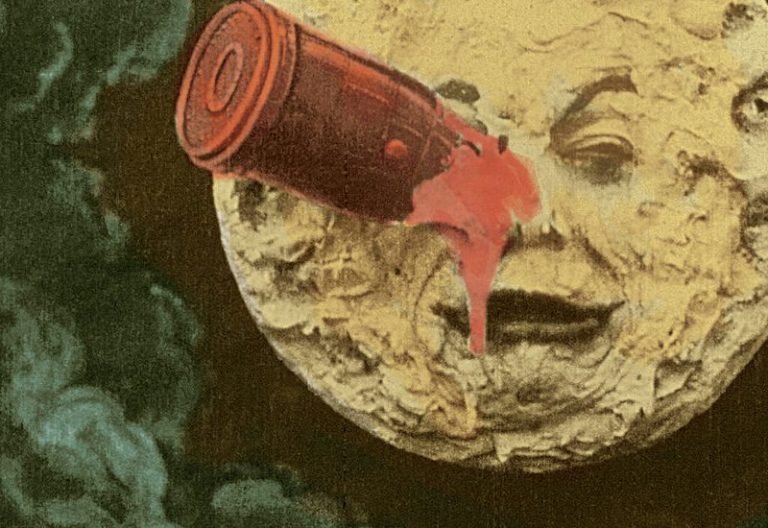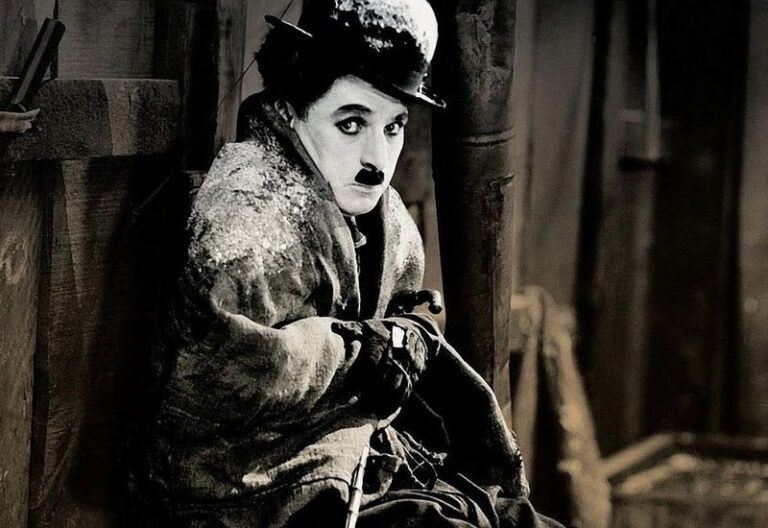defining the short film
Short films are a versatile and impactful form of cinema, typically ranging in length from a few minutes to around 40 minutes. They serve as a powerful medium for storytelling, often characterized by their brevity, creativity, and focus on a single idea or emotion. While they might lack the commercial reach of feature films, short films have played a crucial role in the evolution of cinema and continue to be a vital platform for emerging filmmakers, experimental narratives, and artistic expression.
Published by: CinemaWaves Team | Filed Under: Film Blog
History and Development
of Short Films
In the late 19th and early 20th centuries, the first motion pictures were short films, usually just a few minutes long, due to technical limitations and the novelty of the medium. Pioneers like the Lumiere brothers and Georges Melies were among the first to experiment with these short, simple narratives, such as the Lumiere brothers’ “Workers Leaving the Lumiere Factory” (1895) and Melies’ “A Trip to the Moon” (1902).
As film technology advanced, so did the length and complexity of movies. However, short films continued to thrive, particularly in the silent era, with comedy shorts by filmmakers like Charlie Chaplin, Buster Keaton, and Harold Lloyd gaining immense popularity. These short comedies were often shown before feature films, serving as both entertainment and a way to showcase talent.
With the advent of sound in the late 1920s, the industry saw a shift towards feature-length films, but short films remained an important part of the cinematic landscape. Studios like Walt Disney and Warner Bros. produced a plethora of animated shorts that became iconic, such as Disney’s “Steamboat Willie” (1928), which introduced the world to Mickey Mouse. The mid-20th century saw short films being used for educational and propaganda purposes, particularly during World War II. Meanwhile, experimental filmmakers began to explore the boundaries of the medium, using short films to push the limits of storytelling and visual expression.
In recent decades, the rise of film festivals and online platforms has revitalized the short film genre. Festivals like the Sundance Film Festival and Cannes Film Festival now feature prominent short film categories, providing a crucial platform for filmmakers to gain recognition. Also, platforms like YouTube and Vimeo have made it easier than ever for short films to reach global audiences.

Characteristics
of Short Films
Brevity: Short films typically run between a few minutes to 40 minutes. This limited runtime forces filmmakers to be concise and focused in their storytelling, zeroing in on a single theme, emotion, or idea.
Creative freedom: They are typically seen as a playground for creativity and experimentation. Without the commercial pressures that come with feature films, filmmakers can take risks with unconventional narratives, styles, and techniques.
Strong visual impact: Given their brevity, short films rely heavily on visual storytelling. The use of striking imagery, symbolism, and creative cinematography is common, allowing filmmakers to convey complex ideas quickly and effectively.
Character-driven: Many short films focus on a small number of characters, exploring a pivotal moment or a significant emotional journey. The limited time forces filmmakers to develop characters efficiently, making every moment count.
Emphasis on theme: Short films center around a specific theme or message. Whether it’s a social issue, an emotional experience, or a philosophical question, the theme can be the driving force behind the narrative.
Famous Short Films
“Un Chien Andalou” (1929): directed by Luis Buñuel and Salvador Dalí, is a surrealist short film and one of the most famous examples of experimental cinema. Its shocking and dreamlike imagery challenged conventional narrative structures and left a lasting impact on the film industry even today.
“Meshes of the Afternoon” (1943): directed by Maya Deren. Its exploration of dreamlike states and fragmented reality has influenced countless filmmakers and remains a touchstone for those interested in the intersection of film and psychology.
“La Jetée” (1962): directed by Chris Marker, this French short film is a sci-fi classic that uses still photographs to tell a post-apocalyptic story of time travel and memory. La Jetée served as the inspiration for the famous film “12 Monkeys” (1995).
“The Red Balloon” (1956): directed by Albert Lamorisse, this French short film is a beloved classic that tells the story of a young boy and his red balloon in Paris. It is famous for its use of color, minimal dialogue, and whimsical narrative.
“The Man Who Planted Trees” (1987): directed by Frederic Back, this Canadian animated short tells the story of a shepherd who single-handedly reforests a desolate valley. Known for its beautiful hand-drawn animation and environmental message, it has received numerous awards, including an Academy Award for Best Animated Short Film.
“World of Tomorrow” (2015): directed by Don Hertzfeldt, is a critically acclaimed animated short film. The film’s minimalist animation style and profound narrative have made it a standout in contemporary short filmmaking, earning numerous awards and praise for its originality.
The Role of Short Films Today
In the modern era, short films continue to be a crucial platform for filmmakers, especially those at the beginning of their careers. They allow directors, writers, and actors to experiment and showcase their talents without the extensive resources required for feature films. Short films are also an important part of film festivals, where they are often a highlight.
Online platforms have also democratized the distribution of short films, allowing creators to reach a global audience with ease. This accessibility has led to a resurgence of interest in short films, with audiences appreciating their ability to deliver powerful, compact narratives. Short films have a rich history and a vital place in the world of cinema. From the early days of silent shorts to today’s digital landscape, they have evolved and adapted, always remaining a medium for innovation and expression.
Refer to the main page for more educational insights on filmmaking and cinema history.
Experimental film, referred to as avantgarde cinema, is a genre that defies traditional storytelling and filmmaking techniques. It explores the boundaries of the medium…
The term “Cinema of Attractions” is one of the most intriguing and transformative periods in the history of film studies. Coined by film scholar Tom Gunning, this concept…
Silent films, originating in the late 19th century, represent the foundation of modern cinema. Characterized by their lack of synchronized sound, these films relied on visual…
In the mid-20th century, a cinematic revolution was brewing in Czechoslovakia. The Czechoslovak New Wave, film movement characterized by visual experimentation…
The studio system was a dominant force in Hollywood from the 1920s to the 1950s. It was characterized by a few major studios controlling all aspects of film production…
Independent film, often called indie film, is produced outside the major studio system. Its roots can be traced back to the early 20th century, when filmmakers began seeking…






